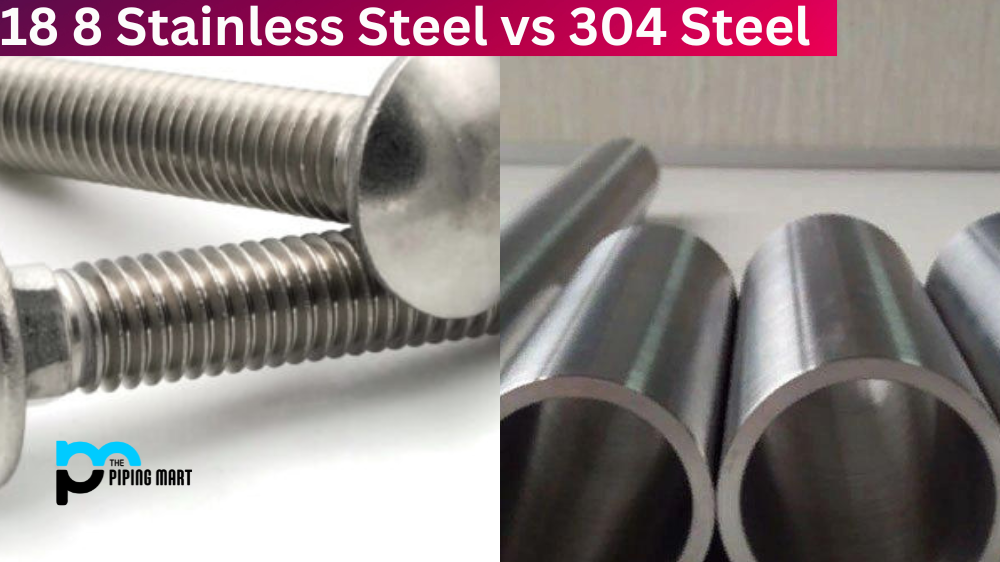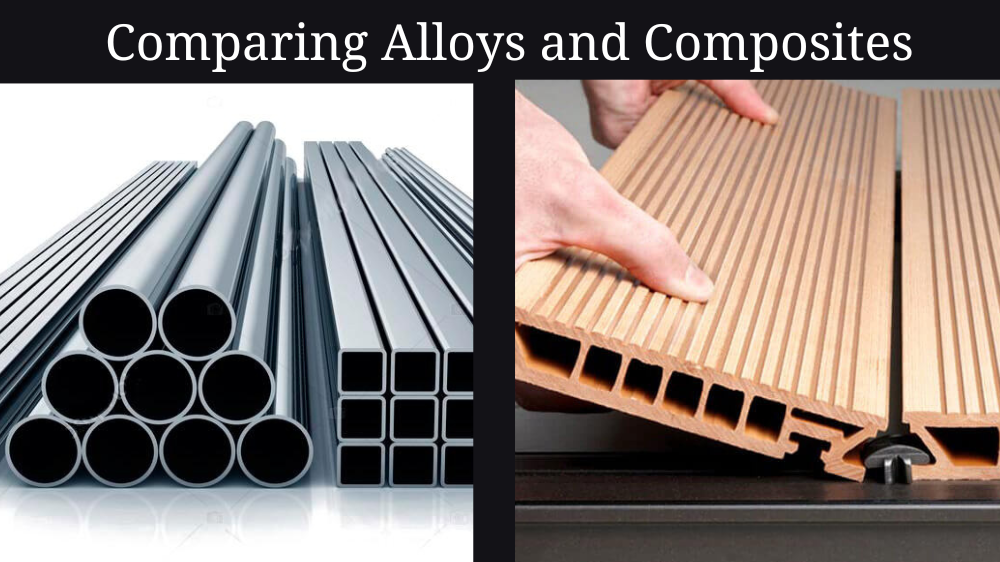Have you ever wondered about different steels’ properties in making knives or tools? 52100 steel and S30V are two of the most sought-after steels in the market, but which one is better? This blog post will closely examine the properties, strengths and limitations of 52100 and S30V steel. We hope to equip you with enough information so that you can make an informed decision on which of these steels to choose for your next knife.
What is 52100 Steel?
52100 steel is a high-carbon steel used primarily in making plain or ball bearings and in some knife blades. One of the standout features of 52100 steel is its ability to withstand high pressure and wear. It is also known for its exceptional edge-holding ability, up to a point where it almost matches the performance of some high-end stainless steels. This makes it perfect for those who want a knife with great edge retention but prefer a full-fledged sharpening experience instead of the maintenance required for stainless steel.
What is S30V Steel?
S30V steel is a premium stainless steel used to manufacture high-quality knives. It is an alloy that contains 1.45% carbon, 14% chromium, 4% vanadium, and 2% molybdenum. Adding vanadium and molybdenum to its composition gives it exceptional hardness, toughness, corrosion resistance, and wear resistance. The alloy is known for its ability to take an extremely sharp edge and maintain that edge for a long time. It is typically used in high-end knives by manufacturers like Benchmade, Spyderco, and Strider.
Difference Between 52100 Steel and S30V
Comparison of Properties
One of the main differences between 52100 steel and S30V steel is their compositions. While both have a relatively high carbon content, S30V has a higher chromium content and vanadium, making it more resistant to rust and corrosion. 52100, conversely, is a non-stainless steel that requires oil or other forms of rust protection to prevent corrosion.
Additionally, 52100 steel has better edge retention than S30V at lower degrees of edge angle, say, from 25 to 30 degrees. However, S30V shines in applications that require a sharp blade that needs to maintain its sharpness for longer, as found in cutting tasks that require slicing or chopping. Overall, S30V steel is an excellent choice for those who prefer to have a low-maintenance blade and good corrosion resistance, whereas 52100 steel offers exceptional edge retention and is better suited for specialized tasks such as hunting.
Heat Treatment
The heat treatment is one of the most critical aspects of steel choice. The heat treatment process affects the steel’s hardness, toughness and wear resistance. 52100 steel can be heat-treated to a higher degree of hardness than S30V, but the process is more uneven. S30V’s heat treatment is better suited for creating a more uniform hardness, which is useful in making knives that handle extreme wear and tear.
Cost
Finally, the cost of each steel is an essential factor in making a decision. Yes, 52100 steel and S30V steel are great materials for knife blades, but S30V is more expensive. This can often be a barrier to entry for some who prefer to have 52100 steel. It’s worth noting that the ultimate cost of a knife is a combination of the steel used, other materials and features of the knife.
Conclusion
Choosing the right steel for your knife can be challenging, as numerous factors must be considered. 52100 and S30V steels are great materials popular in the knife-making industry. This article has given an overview of the properties and differences between these two steel types and hopefully gives you a better understanding of which steel type to choose for your next knife. Ultimately, it all comes down to your specific needs, preferences and budget when picking the right steel for your knife.

A passionate metal industry expert and blogger. With over 5 years of experience in the field, Palak brings a wealth of knowledge and insight to her writing. Whether discussing the latest trends in the metal industry or sharing tips, she is dedicated to helping others succeed in the metal industry.




